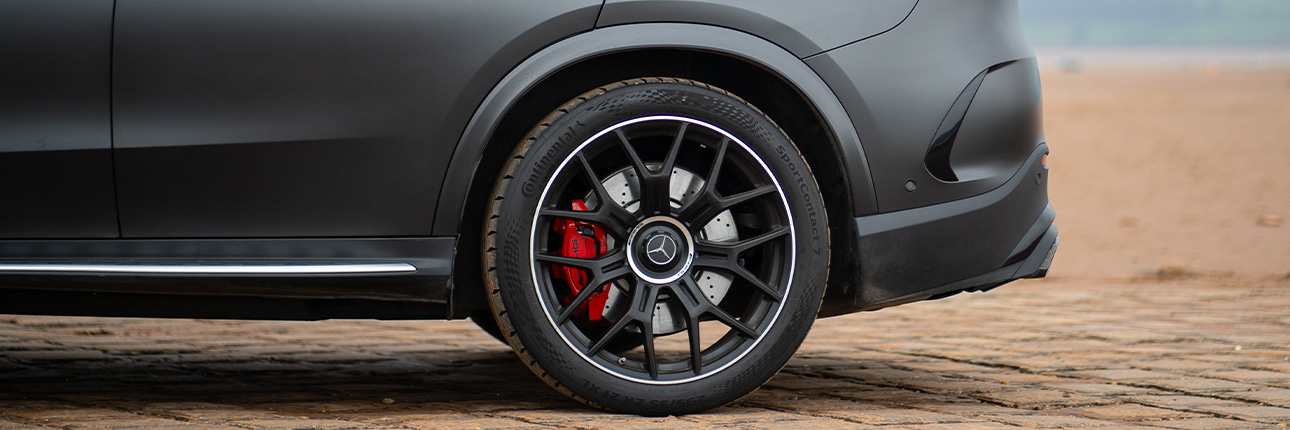We use cookies to make your experience better. To comply with the new e-Privacy directive, we need to ask for your consent to set the cookies. Learn more.


All-Wheel Drive vs Rear-Wheel Drive
Uncover the key differences between all-wheel drive (AWD) and rear wheel drive (RWD) systems in vehicles. Both drivetrains have their own pros and cons.
What is the drivetrain?
A vehicle’s drivetrain is the system that links the engine to the wheels, enabling the vehicle to move and change gear. It sends power from the ending to the drive wheels, which depending on the drivetrain, will be the rear wheels or all wheels.
All-Wheel Drive
In AWD cars, also known as four-wheel drive (4WD), the engine power is distributed via the drivetrain to both axles and all four wheels. The configuration of the drivetrain in an AWD means you don’t always have to use the 4WD, only when necessary. In ordinary driving conditions on tarmac roads, cars often used front-wheel drive (FWD), or occasionally RWD, because the configuration of these drivetrains allow the front and rear axles to turn at the same speed. When unusual driving conditions occur, the RWD kicks in and allows all four wheels to be used in low-range gears to handle these conditions.
Advantages of AWD
- AWD provides improved traction and stability on various road conditions, making it a great option for driving in inclement weather or on slippery surfaces
- AWD distributes power to all four wheels of the vehicle, which enhances the overall grip and control, especially when accelerating or cornering
- It offers better off-road capabilities, allowing drivers to navigate through rugged terrains or uneven surfaces with ease
- Better grip on tarmac due to the heavier weight of the drivetrain
- The possibility of using low-range gears to get out of difficult terrain, such as snow, mud, or a steep incline
Disadvantages of AWD
- Generally the cost of the vehicle is higher
- Higher maintenance costs due to additional components in the drivetrain
- Higher fuel consumption compared to AWD of FWD vehicles
- A greater stopping distance due to the extra weight of the drivetrain
Rear-Wheel Drive
In RWD vehicles, the engine power is distributed only to the rear wheels, which allows for the engine to be positioned at the front or back of the car. Generally, this drivetrain configuration is found in high-performance sports cars, as it offers superior handling characteristics.
Advantages of RWD
- RWD offers a more balanced weight distribution, which can result in improved handling and better overall performance
- It allows for better acceleration, as the weight of the vehicle shifts to the rear wheels during acceleration, increasing traction and reducing wheel spin
- RWD vehicles typically have better steering response and feedback, providing a more engaging driving experience
- Efficient and fluid braking, with a lower risk of skidding
Disadvantages of RWD
- Due to being found in sports cars or high end cars, RWD vehicles are generally more expensive
- The drivetrain takes up more space in the vehicle cabin than in a FWD
- Fuel consumption is higher due to the power needed to move the drive wheels
- More difficult to drive in complicated road conditions such as snow and ice
- Require more skill to handle the car in challenging conditions or if it spins out of control
